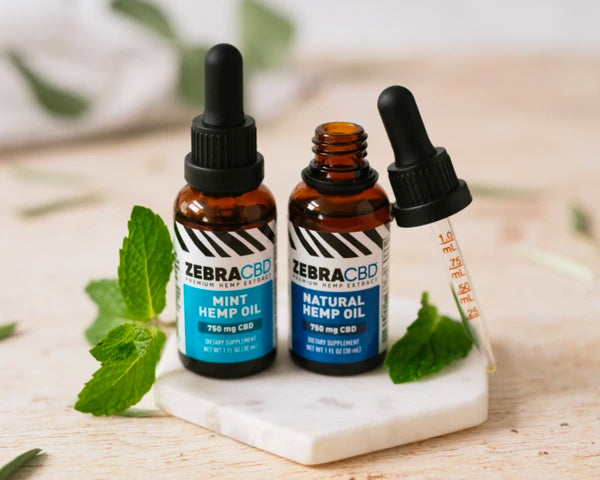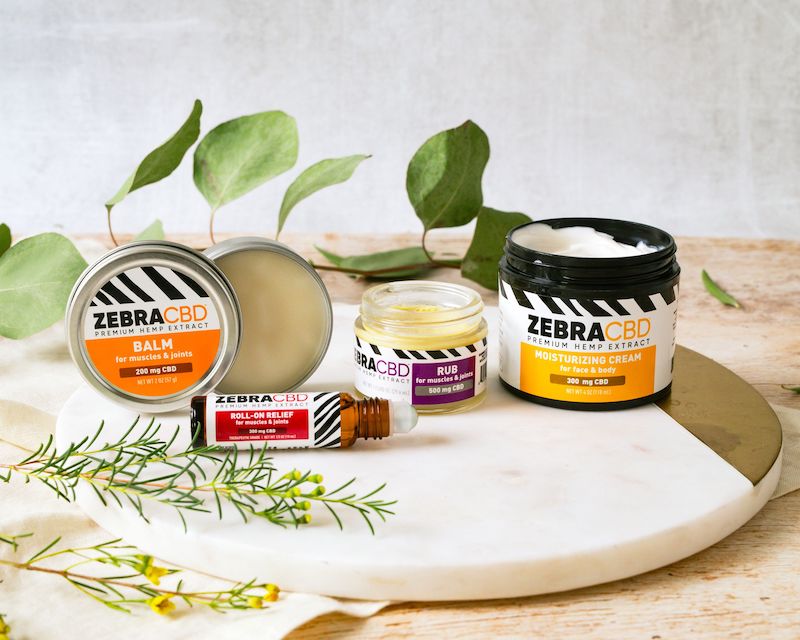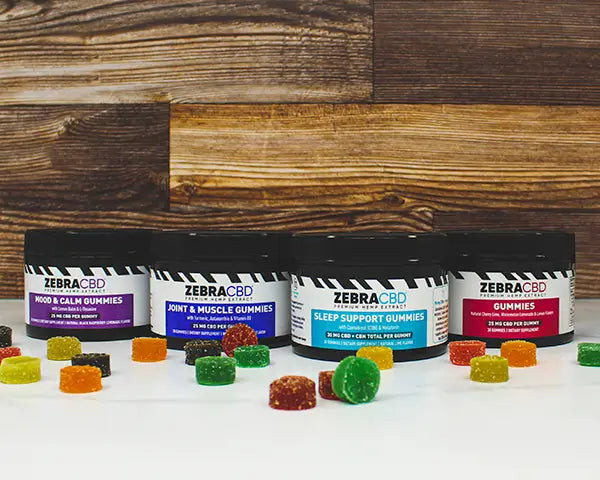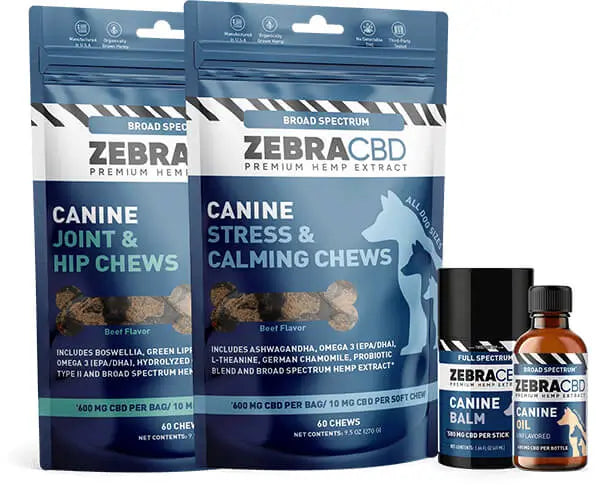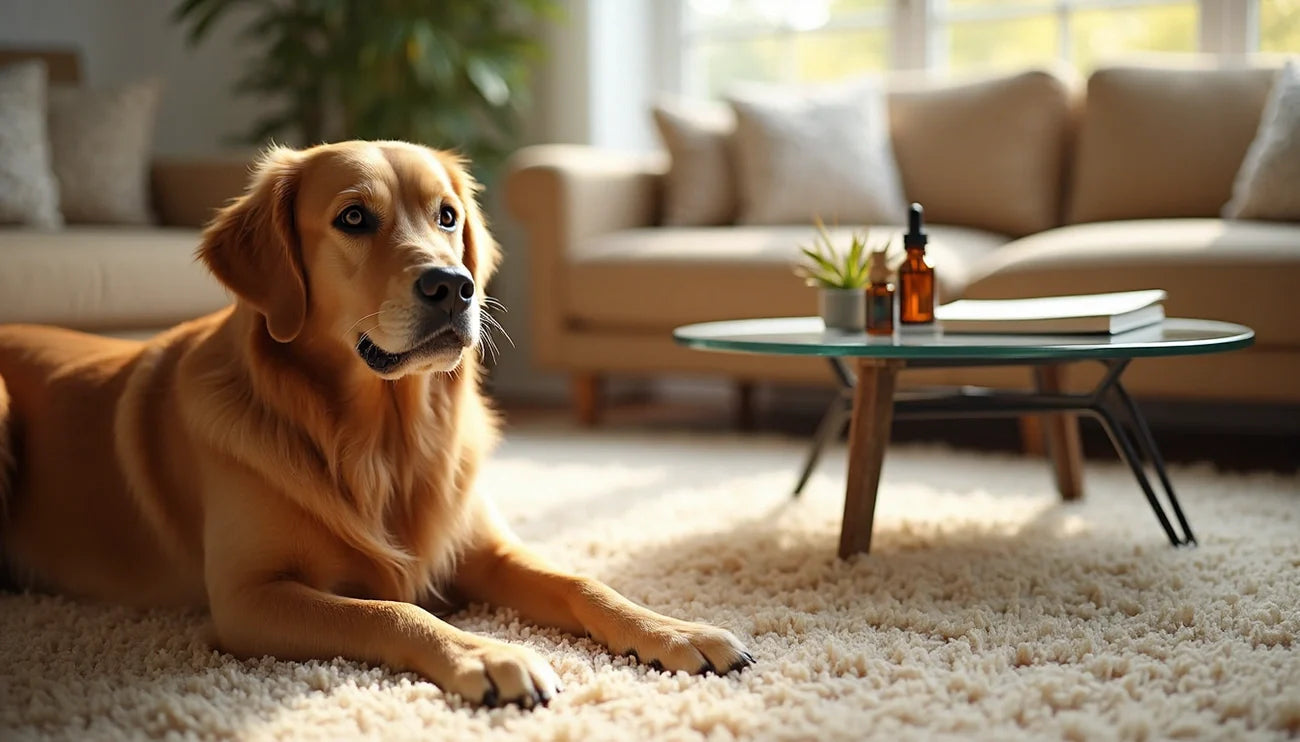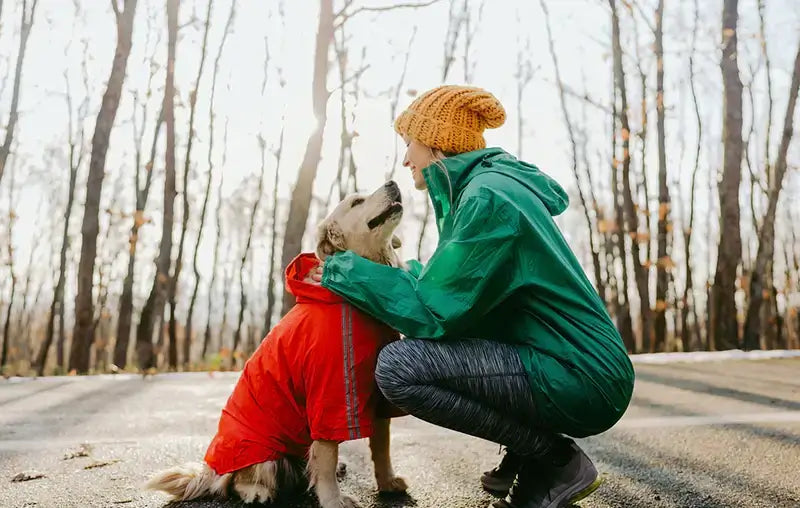
If you’re wondering how to keep dogs warm as the cool autumn air starts to replace the warm summer breezes, you’ve come to the right place.
Protecting your pup from the cold might not seem like a major concern for dog parents, but it’s more important than you think. Dogs can get both hypothermia and frostbite, so taking necessary precautions to keep them cozy should be a critical part of your chilly weather wellness plans.
Heading home after an outing (instead of going straight to another one) is an excellent time for your dog to decompress, take a water break and warm up after prolonged cold exposure.
We’ll cover this in more detail and provide 11 tips for keeping your dog warm in this tell-all how-to guide.
Keeping Your Pup Warm: More Important Than You Think
While dressing your dog up in a fuzzy sweater might seem like an activity you reserve for holiday card photo shoots, keeping your pup warm in the colder months is a serious matter.
Dogs are susceptible to the same two major conditions that can impact humans when their body temperatures sink too low:
- Hypothermia – This can cause long-term health impacts
- Frostbite – A form of tissue damage that usually affects the extremities
Both of these health events can adversely affect your pet’s overall wellness, so it’s crucial to avoid them at all costs.
As your pup tags along for apple picking, trips to the pumpkin patch and foggy forest hiking, be sure to watch for symptoms of hypothermia, including:
- Prolonged shivering
- Curling up for warmth
- Rapid breathing that progressively tapers off into shallower and slower breaths
- Increased heart rate that progressively slows down
- Sluggish reflexes or malaise
- Dilated pupils
- Unconsciousness
Similarly, watch for frostbite indicators like:
- Skin discoloration
- Discomfort in the extremities
- Swelling
- Skin that’s cold to the touch
- Blackened skin
- Unusual clumsiness or stiffness
- Skin ulcers or blisters
If you notice any of the above, get your pup to a warm and dry place ASAP. Visit an emergency vet right away if your dog shows severe symptoms.
11 Tips For Beating the Fall Chills
Luckily, the precarious conditions above are completely avoidable with a high-quality wellness routine and some helpful tools. Let’s explore eleven ways to ensure your pup stays cozy when cool weather starts rolling in.
#1 Stay Active
A recent study of working dogs — seeing-eye, search and rescue or medical alert dogs, for instance — revealed a few interesting facts about canine exercise and body temperature:
- Before starting “work,” dogs’ temperatures were average
- Once deployed, working dogs’ body temperatures increased to account for their increased activity, but generally not to a concerning level
- Temperatures remained elevated (but not alarmingly high) during the post-work rest period
Working dogs’ body temperatures stayed up even after their “shifts” were complete. So, even if your pup doesn’t moonlight as a hunting dog or crime scene sniffer, make sure to integrate appropriate exercise into your dog’s routine to help them maintain healthy body temperatures during the cold season.
#2 Take Plenty of Snuggle Breaks
While the respite from the summer heat makes outdoor activities seem especially appealing, remember to give your dog plenty of breaks from your chilly adventures. Heading home after an outing (instead of going straight to another one) is an excellent time for your dog to decompress, take a water break and warm up after prolonged cold exposure.
What might this look like in your everyday life this fall?
- If you visit a venue with both indoor and outdoor dog-friendly spaces (like a brewery or hardware store), take your dog inside every once in a while to warm up if you’re spending most of your time outside.
- When you have a packed schedule, make sure to allot some time for you and your dog to sit in your car with the heater running between activities.
- After a long socializing session at the local dog park, head home, fill up the water bowl and settle in for some snuggles.
#3 Bring Out the Thick Comforter
When the cold starts to set in, you likely bring out your warmer bedding — perhaps thicker down comforters, electric blankets or flannel sheets. But, are you doing the same for your dog?
During the spring and summer, your dog may be perfectly content to lay on top of their bed without a blanket. But, when the seasons change, your pup is just as sensitive to the cool nighttime air as you are.
Consider throwing a fluffy blanket, plush pillow or bath towel into your dog’s crate or bed area during the fall and winter months. Not all breeds burrow or want to cover themselves up, but the additional fabric will still hold more body heat, providing better bedtime insulation when your pup is ready for a snooze.
#4 Maintain Hydration
If you’ve hosted your fluffy roommate for a few seasons now, you might have noticed that your pup drinks more water in the colder months.
Hydration plays a critical role in canine wellness during autumn and winter:
- Colder temperatures generally reduce environmental humidity, increasing your pup’s need for water.
- Your dog will naturally drink more to keep their noses and mouth from drying out in the cold.
- If you notice that your dog’s skin is unusually dry during the colder months, they might need additional hydration throughout the day.
The following tips can help you keep your dog hydrated as temperatures drop:
- Make sure their water bowl is always full. If you’re out of the house for an extended period, consider filling multiple bowls to tide your dog over until you get home.
- If your pup is showing symptoms of dehydration but doesn’t want to drink more water from their bowl, integrate water into their lifestyle in other ways:
- Stir water into their kibble or wet food.
- Reward your dog with treats every time they drink from the water bowl.
- Make Jello cube treats and provide them generously for a high-hydration snack.
- Invite your pup into the shower with you when you bathe. While you don’t have to give them a bath every time, they’re likely to drink at least some water from the tap while they’re keeping you company.
#5 Discover Indoor Activities
As it gets progressively colder outside, you might need to replace some of your favorite outdoor activities with indoor pastimes to avoid the chilly weather.
This can be particularly tough for larger dogs who love to exercise, but rest assured — there’s plenty of fun to be had inside:
- Clear the largest room in your home, a hallway or a stairwell, and use this area for daily fetch sessions.
- Move the coffee table aside to work on obedience and tricks in the living room.
- Incorporate more long-lasting chew toys or treat-dispensing puzzles into their daily routine.
Some areas feature indoor dog parks — don’t be afraid to give these a try if it’s just too cold to play fetch outside.
#6 Supplement With CBD
Cannabidiol, or CBD, can provide whole-body wellness improvements for humans and dogs alike. As you take steps to support your pup’s health during the fall and winter, consider incorporating a CBD supplement into your dog’s daily diet.
Understandably, you might have some questions about CBD for dogs:
- What does CBD do? – While veterinarians are still studying CBD’s impacts on dogs’ health, early research indicates that CBD may improve canine mobility, temperament and overall well-being.
- How long does CBD stay in a dog’s system? – CBD doesn’t build up in dogs’ systems over time. But, current research indicates that CBD can remain active in dogs’ body tissues for up to eight hours or more.
- How should I introduce CBD into my dog’s diet? – Learning how to give your dog CBD oil is a critical part of the process, and you might have to experiment with different methods (like chews, balms and oils) to find the ideal choice for your pup.
As always, if you have any concerns about adding anything new to your dog’s diet, make an appointment with your vet to discuss your options.
#7 Curate a Cold Weather Wardrobe
There’s no shame in the dog sweater game. After all, can you imagine how uncomfortable you would be enduring the cold in just a t-shirt and a pair of jeans?
This fall, consider picking up some cold weather accessories for your pup to wear during your outdoor excursions, like:
- Dog boots or socks
- Sweaters
- Tail wraps
- Hats
While this suggestion might sound like a joke, it’s important to protect your dog from the cold if you plan to spend an extended period of time outside. Just like humans, their extremities are susceptible to frostbite. Fortunately, cold weather gear can help reduce their risk and help them stay warm.
#8 Adjust Your Grooming Habits
If your pup has a long coat, you might be used to thinning it or shaving it completely during the hot summer months to help them stay cool.
But, as the air cools off, it’s time to make adjustments to your dog’s grooming routine that can help them maintain their body temperature:
- Let it grow – Instead of clipping or shaving it, let your dog’s coat grow out a bit. The extra hair can provide extra protection against the cold.
- Keep them dry – If you bathe your dog at home, make sure to dry off your pup with a warm towel or blow-dry them (using low to medium heat) immediately after they exit the bath. You likely know how it feels to step out of the shower and into a chilly bathroom during the fall and winter — talk about chilly.
- Prevent irritation – As your pup adjusts to the decreased humidity, they may develop temporary dry skin, which can be itchy. To prepare for the inevitable uptick in scratching, trim your dog’s nails to prevent skin irritation.
#9 Service Your HVAC System
Both you and your dog have to endure seasonal changes during your outdoor excursions and within the comfort of your home.
Before the cold weather starts in earnest, service your HVAC system to perform preventative maintenance and catch potential system issues as early as possible. This small precaution will help keep you and your pup comfortable indoors throughout the cold months.
#10 Incorporate Warm Meals and Water
Just like a cup of hot apple cider warms you right up on a cool day, your dog will be instantly comforted by a warm meal or slightly warm water. Try out the following tips:
- Heat up wet food (or kibble with a splash of water) in the microwave before your pup’s mealtime.
- A warm scoop of pumpkin puree or melted peanut butter makes an excellent treat in chilly fall and winter weather.
- If your tap water runs ice-cold during the fall and winter, make sure to add lukewarm or warm water to your dog’s bowl.
Always remember to check the temperature before feeding your dog anything that comes out of the microwave.
#11 Pay Attention to Your Dog’s Behavior
Monitoring your dog’s behavior is a crucial part of maintaining their wellness. Pay attention to their habits, make a note of any long-term changes and contact your vet if you have any concerns as the weather cools down.
CBD For Dogs: A Wellness Supplement For All Seasons
While CBD is relatively new in veterinary applications, early research indicates potential positive outcomes for dogs incorporating CBD into their diets regularly.
Studies are ongoing, but published data suggest that CBD could improve your dog’s:
- Agitated behavior
- Digestive patterns
- Bone and joint wellness
- Skin irritation
As you hone in on your dog’s wellness this fall, consider implementing CBD treats, oils or balms into their lifestyle. If you notice your dog sneezing throughout the day, you may be wondering, what can I give my dog for allergies? You may be surprised to find that certain CBD products can help, whether they sneeze in ones, twos, or threes.
Simple Canine CBD Solutions from Zebra CBD
Learning how to keep dog warm this fall is simple, but it can help protect your pup from hypothermia, frostbite and the potential long-term impacts of both conditions. Plus, every dog looks cuter in a sweater.
If you’re considering adding CBD to your dog’s wellness plan, look no further than Zebra CBD. In a saturated market rife with misinformation, we’re the passionate, highly focused CBD experts you can trust with your dog’s health — and yours. We offer premium CBD for health and vitality, making it easier than ever to incorporate this growing wellness tool into your lifestyle.
When it comes to CBD, Zebra sets the standard.
Source:
American Kennel Club. Hypothermia in Dogs: How Cold Is Too Cold? https://www.akc.org/expert-advice/health/hypothermia-in-dogs-how-cold-is-too-cold/
American Kennel Club. Can Dogs Get Frostbite? https://www.akc.org/expert-advice/vets-corner/can-dogs-get-frostbite/
Canine Country. Keeping Your Dog Hydrated During the Winter. https://caninecountry.org/keeping-your-dog-hydrated-during-the-winter/
American Veterinary Medical Association. Cannabis in Veterinary Medicine. https://www.avma.org/sites/default/files/2021-03/APH-CannabisResources-Report-20201207.pdf
American Kennel Club. Does CBD Work for Dogs? https://www.akc.org/expert-advice/health/does-cbd-work-for-dogs/

